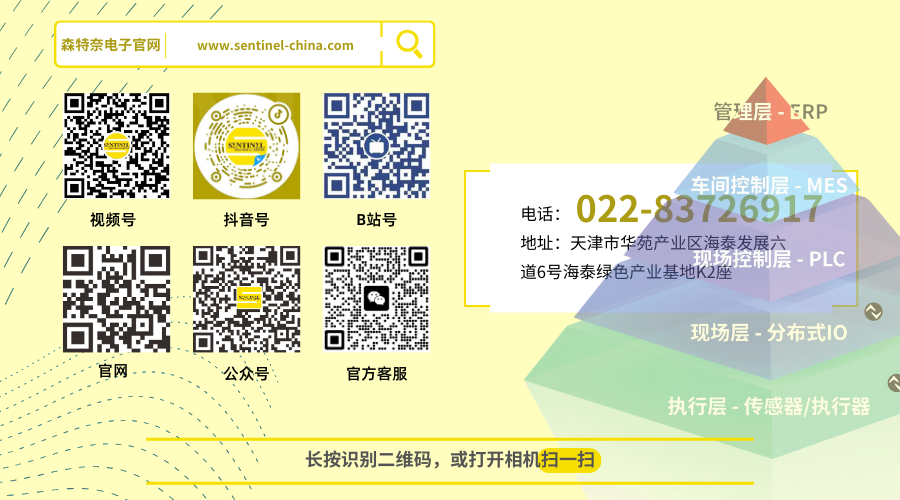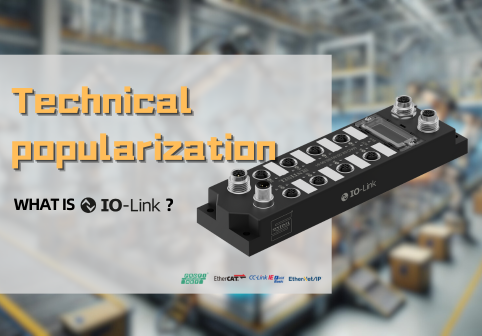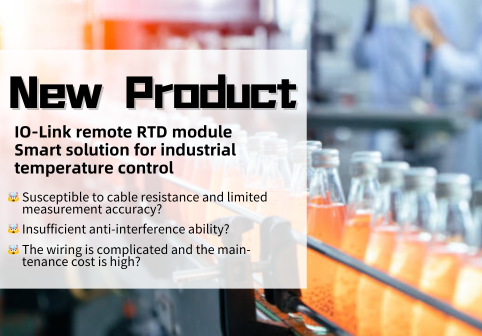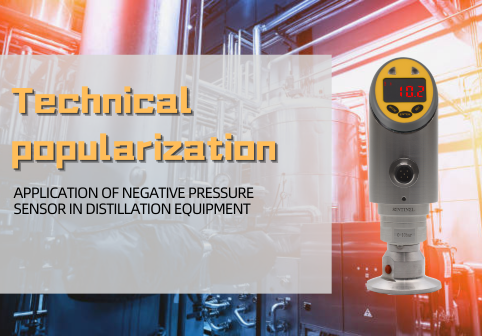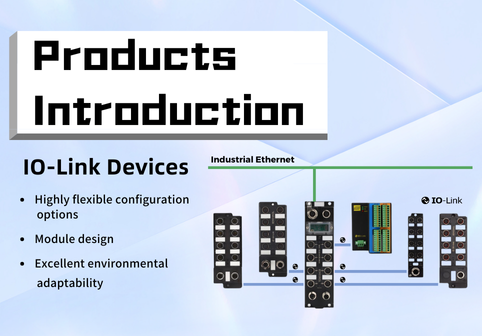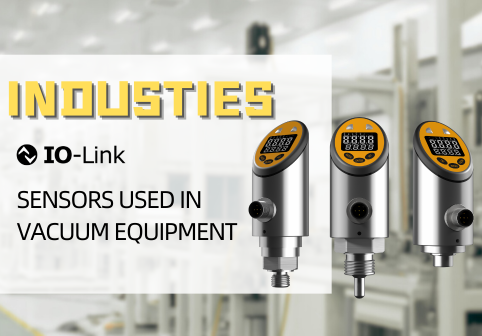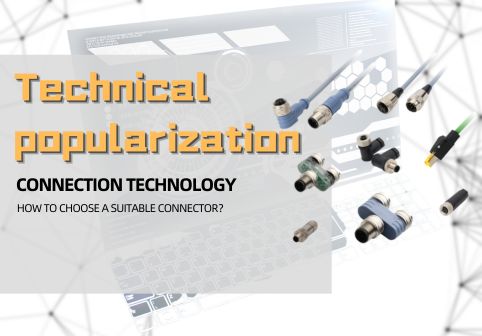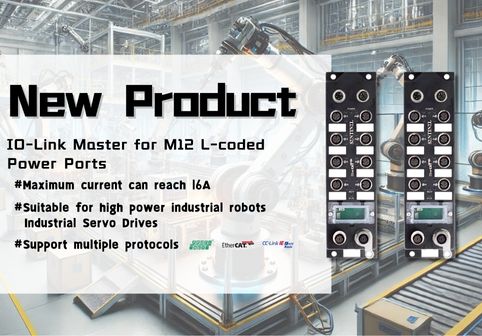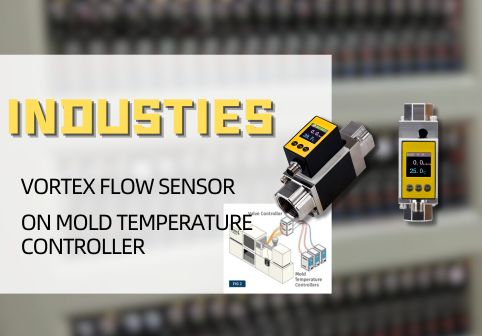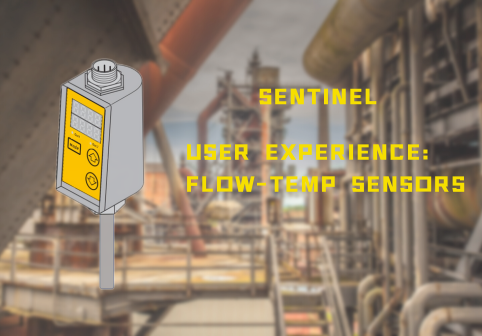Solution | An IO-Link Architecture to Tackle the Signal Complexity of Non-Standard Equipment
As the level of automation in manufacturing continues to rise, the demand for customized non-standard equipment is rapidly increasing. This is especially true in specialized industries like coal mining and metallurgy, where customers often need equipment tailored to specific processes. The biggest challenges with such equipment are numerous signal types, widely distributed interfaces, and high maintenance difficulty. Engineers are constantly grappling with how to ensure reliability while enabling flexible expansion and efficient management.
IO-Link technology is a powerful tool to address these challenges. As an internationally standardized point-to-point communication protocol, IO-Link integrates decentralized sensors and actuators into a unified data management system—making equipment more transparent, flexible, and easier to maintain. Recently, we provided a complete IO-Link-based solution for a coal mining industry client with a non-standard equipment requirement.
Customer Challenge: Diverse Signals, Complex Wiring, Difficult Maintenance
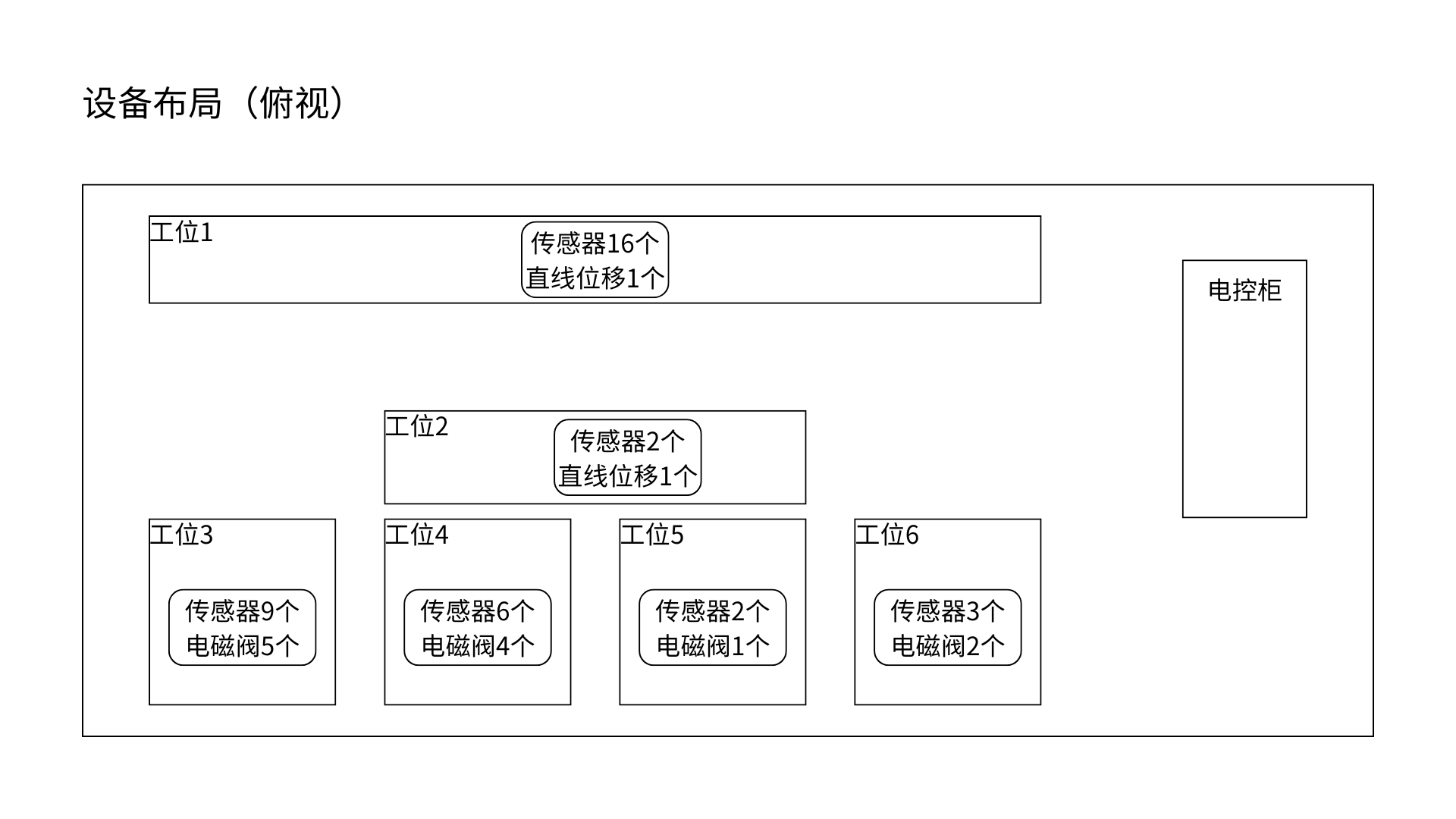
This non-standard equipment is used in coal mining environments and includes multiple types of signals:
- Sensors: Magnetic switches mounted on cylinders to detect position, typically as digital inputs.
- Actuators: Solenoid valves requiring precise control, categorized as digital outputs.
- Linear Position Detection: Analog sensors outputting continuous signals to monitor mechanism status.
In traditional designs, each of these signals must be wired separately into PLC modules, resulting in complex wiring and numerous terminals. When a fault occurs, engineers often need to trace each wire individually—a time-consuming and labor-intensive process. In harsh environments like coal mines, stability and maintainability are even more critical.
The Solution: Combination of Master Station + IO-Link Hubs + Converters
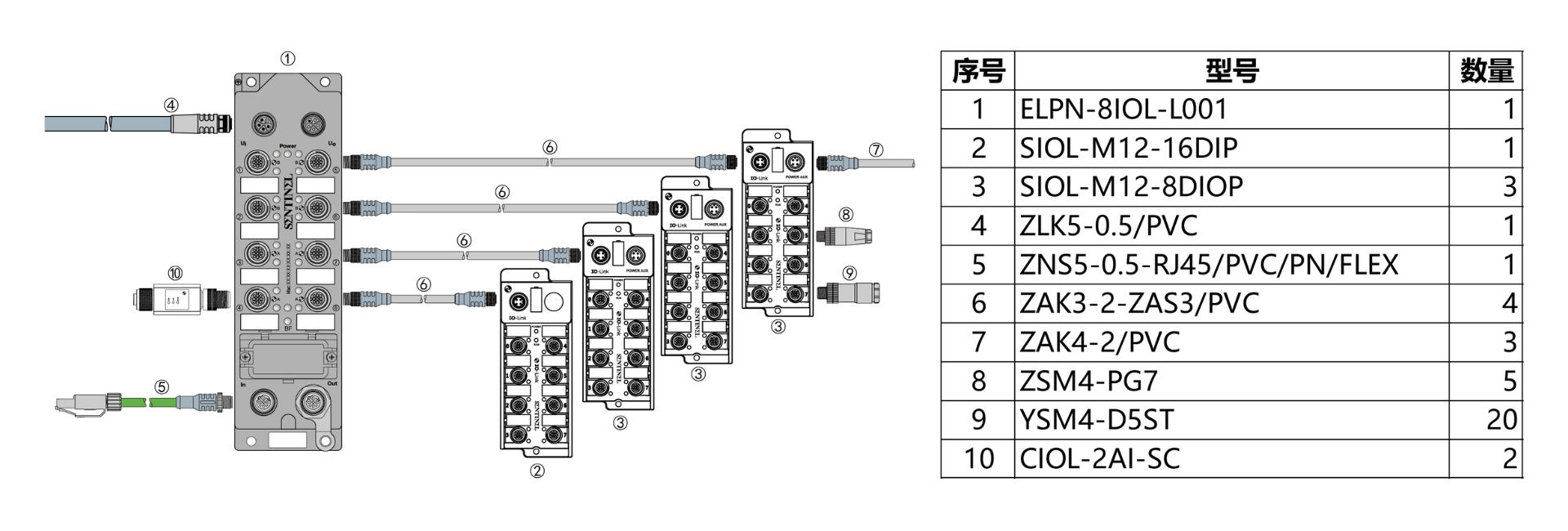
Based on the client’s needs, we proposed a complete IO-Link solution:
- One IO-Link Master: The core node that centrally manages all signals and communicates with the upper-level PLC.
- Four Distributed IO-Link Hubs: Installed in different areas of the equipment to collect sensor and actuator signals locally, reducing long-distance wiring.
- Two IO-Link Converters: Convert analog signals from linear position sensors into IO-Link format for unified management.
This configuration offers several clear advantages:
- Simplified Wiring: Distributed collection via hubs significantly shortens signal line length, reducing terminals and cables.
- Centralized Parameter Management: All IO-Link device parameters can be centrally downloaded and updated via the master, enabling faster commissioning.
- Enhanced Diagnostics: The master can monitor the status of each channel in real time, allowing engineers to quickly locate issues.
- Flexible Expansion: When adding or replacing sensors or actuators, the system supports plug-and-play functionality with automatic recognition and parameter loading.
Customer Value: Higher Efficiency, Lower Risk
This solution delivered clear benefits during both commissioning and operation:
- Shorter Installation Time: Wiring volume was reduced by nearly half, greatly shortening the commissioning period.
- Easier Maintenance: With the master’s diagnostics, faults can be pinpointed to specific channels, eliminating the need for manual line-by-line checking.
- System Transparency: Data from key components such as displacement sensors is uploaded in real time, enabling operational status monitoring.
- Simpler Expansion: Adding cylinders or solenoid valves in the future requires no PLC programming changes—just connect them to an IO-Link hub.
In high-risk industries like coal mining, reducing downtime and increasing reliability is a major value driver. The client expressed strong approval of this solution and plans to adopt the IO-Link architecture in future non-standard equipment.
Conclusion
This case shows that IO-Link is not just a communication protocol—it’s a forward-thinking design philosophy. Through the combination of master stations, hubs, and converters, even complex and diverse-signal non-standard equipment can benefit from simplified wiring, intelligent diagnostics, and flexible expansion.
In the journey toward smart manufacturing, no sensor or actuator should be an “island.” IO-Link connects them into a transparent, controllable ecosystem—delivering real efficiency gains and cost optimization. This is the true value of IO-Link technology.
Customer Support & Services
To learn more about SENTINEL products, please contact our sales team or call 022-83726972. You can also visit our official website at www.sentinel-china.com. The website provides comprehensive product information, selection guides, CAD and Eplan files, configuration files, and tutorials to help users easily find the information they need.
We have a professional technical team ready to provide customized customer support and efficient after-sales service to maximize the value for every user.
